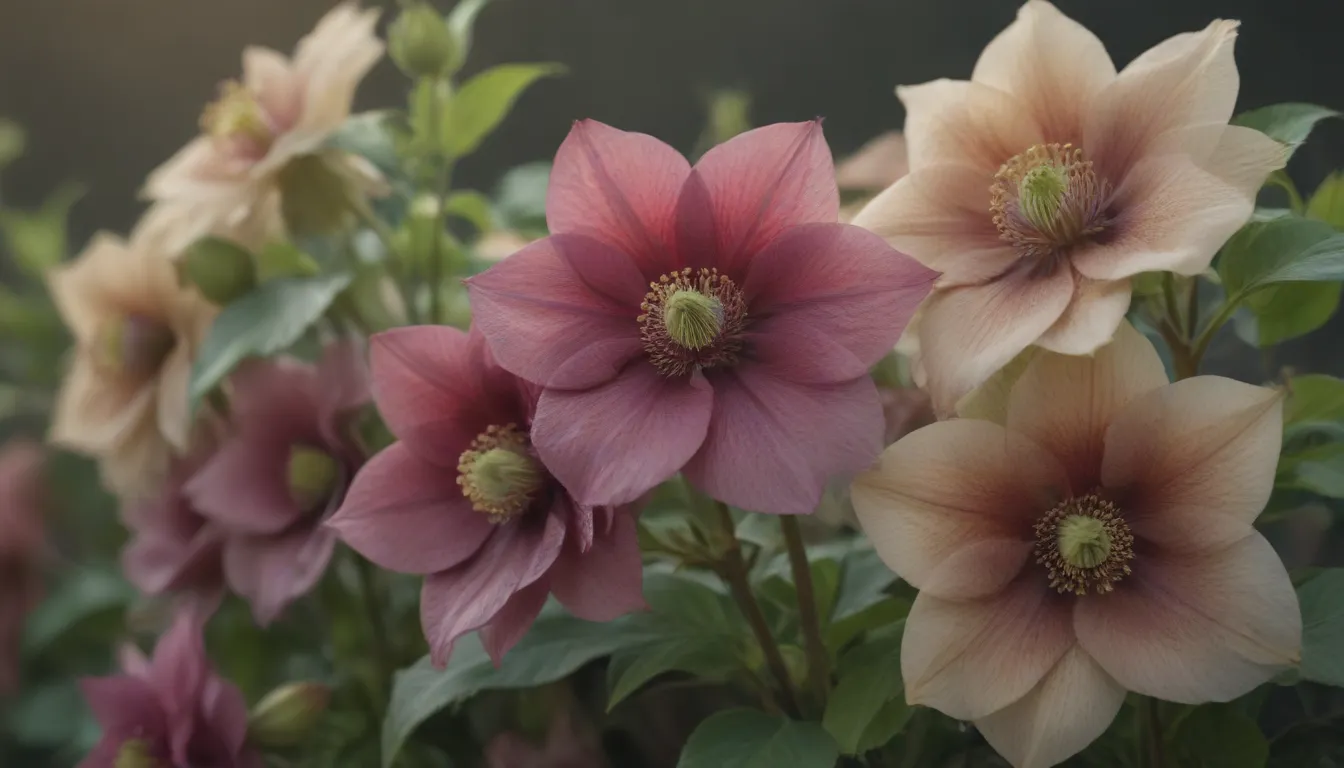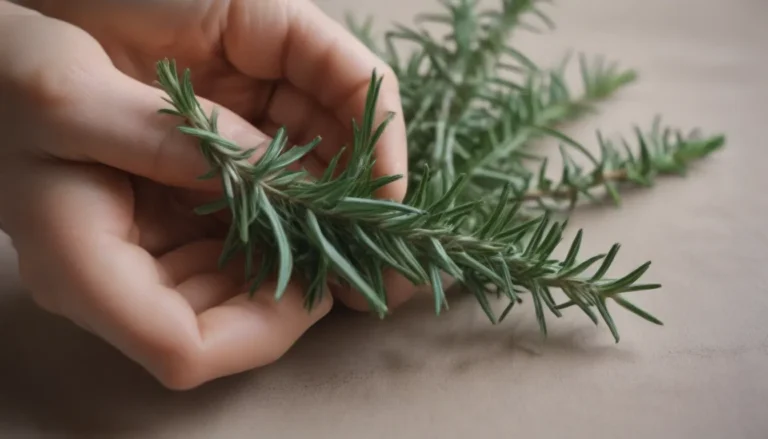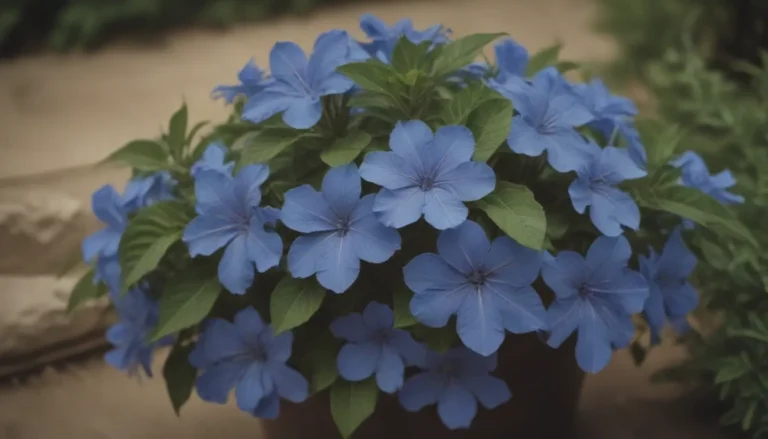Everything You Need to Know About Lenten Rose: Your Complete Guide

If you’re looking for an easy-to-care-for, shade-loving perennial with beautiful rose-like blooms, Lenten rose (Helleborusxhybridus) is the plant for you. Despite its name, Lenten rose is not actually a rose; it’s a perennial hybrid hellebore that belongs to the buttercup family. This plant gets its name from its blooming season, which aligns with the Christian season of Lent in late winter, and its rose-like flower buds.
In this comprehensive guide, we will cover everything you need to know about growing and caring for Lenten rose, from planting to propagation, common problems, and more.
Why Choose Lenten Rose
Lenten rose is a wonderful addition to any garden for several reasons:
– Shade-loving: Lenten rose thrives in shady conditions, making it an ideal choice for areas with limited sunlight.
– Low maintenance: This plant is easy to grow and requires minimal care once established.
– Early bloomer: Lenten rose blooms in late winter, providing much-needed color to the garden when other plants are dormant.
– Beautiful blooms: With a wide array of colors available, Lenten rose cultivars produce stunning flowers that brighten up any space.
Lenten Rose Care Tips
Lenten rose is one of the easiest plants to grow, but it still requires some specific care to thrive. Here are some essential care tips for your Lenten rose:
– Light: Lenten rose does best in full to partial shade. Plant it under the canopy of a deciduous tree to provide shade in the summer and sunlight in the winter.
– Soil: This plant prefers evenly moist, well-draining, fertile soil. Enrich the soil with compost or fertilize with manure tea to improve plant vigor.
– Water: Keep the soil evenly moist, but not waterlogged. Lenten rose can tolerate dry conditions once established.
– Temperature and humidity: Protect the plant from harsh winters with winter protection. Lenten rose prefers constant moisture and grows well in humid climates.
– Fertilizer: Lightly fertilize with a slow-release, balanced fertilizer in late winter for optimal growth.
Types of Lenten Rose
Lenten rose cultivars come in a variety of colors, but they all share the same basic plant form. Some popular cultivars include:
– ‘Red Lady’
– ‘Mrs. Betty Ranicar’
– ‘Windcliff Double Pink’
– Helleborus niger
– Helleborus argutifolius
Pruning and Propagating Lenten Rose
Pruning and propagating Lenten rose are essential tasks to keep your plants healthy and blooming. Here’s what you need to know:
– Pruning: Remove old, damaged, or dead leaves before the plant blooms in late winter or early spring. Cut back flowering stems after blooming to encourage new foliage growth.
– Propagating: Lenten rose is easy to propagate through division. Divide mature plants in spring to promote vigorous flowering in the upcoming season.
How to Grow Lenten Rose From Seed
If you’re interested in growing Lenten rose from seed, here’s what you need to know:
– Seed collection: Save seeds from faded flower heads in late spring for planting in summer or the following spring.
– Stratification: Lenten rose seeds require a cold period of at least three weeks to germinate. Store seeds in a clear bag in the refrigerator to mimic these conditions.
Overwintering and Common Pests
To ensure your Lenten rose survives the winter and remains healthy, consider:
– Overwintering: Protect the plant from cold winds with a fabric covering or cold frame. Remove winter mulch before blooming starts in colder regions.
– Common pests: Lenten rose is relatively pest-free but can be susceptible to leaf spot and crown rot. Use preventative fungicides to reduce fungal infections.
Troubleshooting Common Problems
Despite its resilience, Lenten rose can face some common issues. Here’s how to address them:
– Black marks on foliage: Black death virus can cause black patches on leaves and flowers. Destroy affected plants to prevent the spread of the disease.
– Botrytis fungus: Gray mold can lead to dry, brown blotches on foliage and flowers. Improve air circulation and drainage to prevent the fungus from spreading.
– Yellowing leaves: Extreme temperatures can cause yellowing leaves. Trim off dead or dying leaves to encourage regrowth.
When and How Lenten Rose Blooms
Lenten rose typically blooms from late February to April and can stay in bloom for eight to ten weeks. The flowers come in various colors and shapes, with new double-flowering and bicolor varieties available.
Wrapping Up
In conclusion, Lenten rose is a beautiful and low-maintenance perennial that can thrive in shady conditions. With the right care, you can enjoy its stunning blooms from late winter to early spring. Whether you’re a seasoned gardener or a beginner, Lenten rose is a fantastic addition to any garden.
Remember to provide the necessary light, water, soil, and temperature conditions for your Lenten rose to ensure its health and longevity. With proper care and attention, your Lenten rose plants will reward you with years of beautiful blooms and lush foliage.
So, why wait? Start growing and caring for your Lenten rose today and enjoy the beauty and tranquility it brings to your garden!





